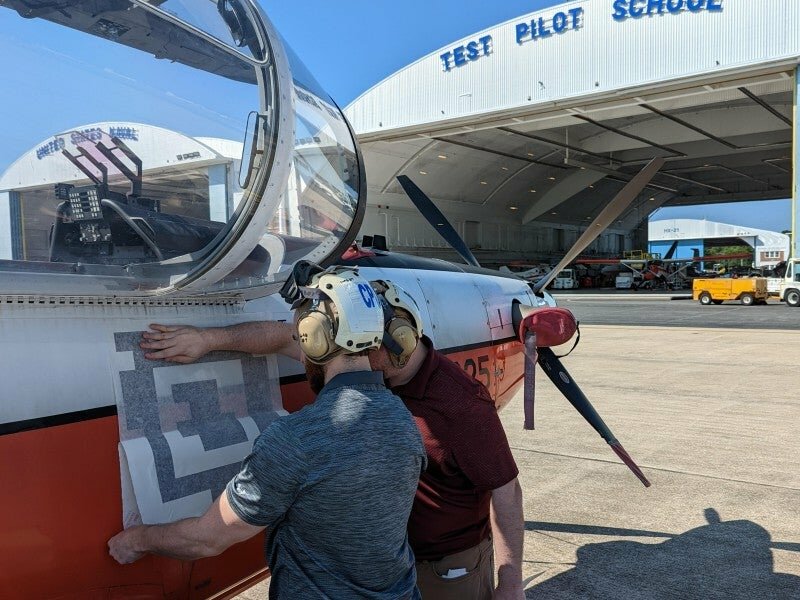The US Navy has conducted an experiment to assess the possibility of using tagging technology to independently identify and track aircraft on the flight line.
Announced by the Naval Air Systems Command, the experiment was conducted by Naval Air Warfare Center Aircraft Division (NAWCAD).
The tagging technology, commonly referred as QR codes, uses artificial intelligence and machine learning technologies for identification and tracking process of aircraft on flight line.
It is expected to enhance readiness and maintenance turnaround time of an aircraft by disseminating more precise information, in terms of location and status, about the aircraft and associated support equipment.
The tagging technology captures related information using a camera placed at a fixed location and by leveraging software developed by a team from NAWCAD Lakehurst Digital Engineering Division.
As soon as an aircraft taxies through the camera’s field of view, the information is autonomously registered.
During the initial phases, which occurred in a lab setting of this experiment, the associated team conducted a series of tests in a real-world environment to evaluate the tagging solution on T-6 Texan aircraft and T-38 training jets.



 Flying
Flying Technology
Technology Artificial Intelligence (AI)
Artificial Intelligence (AI) Lakehurst
Lakehurst


